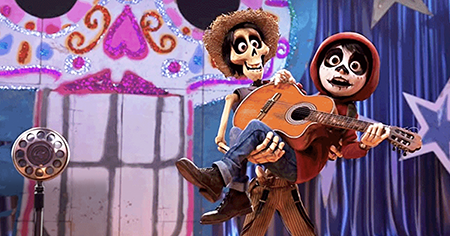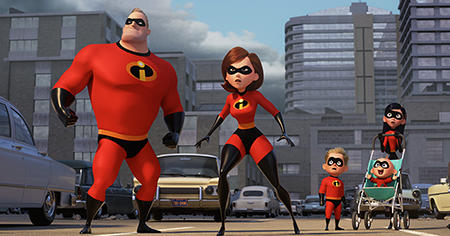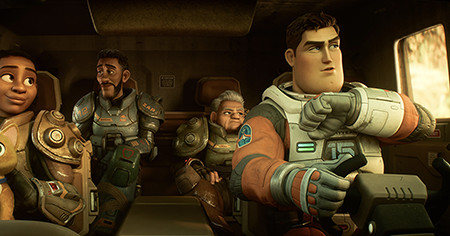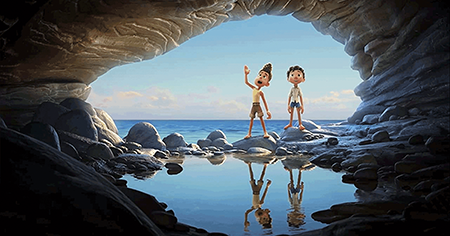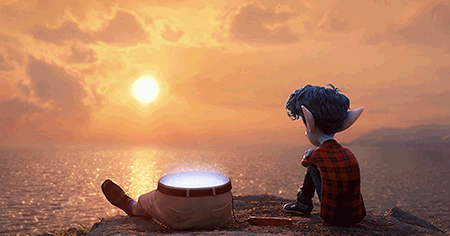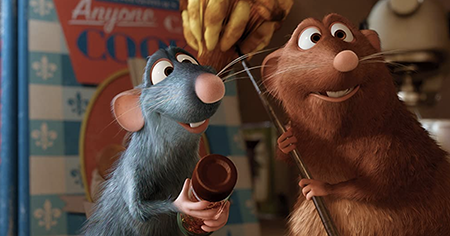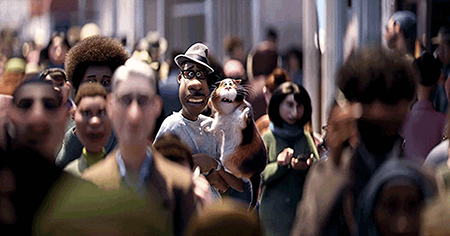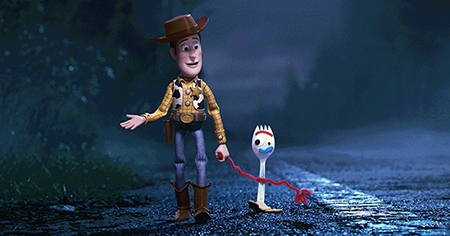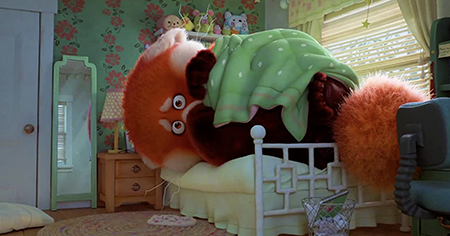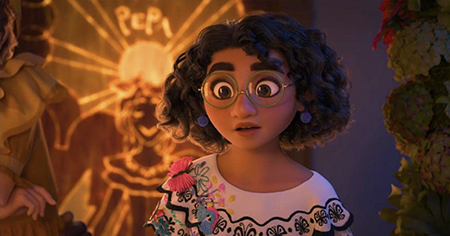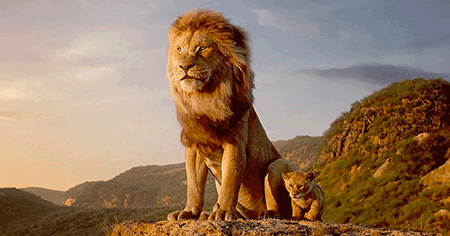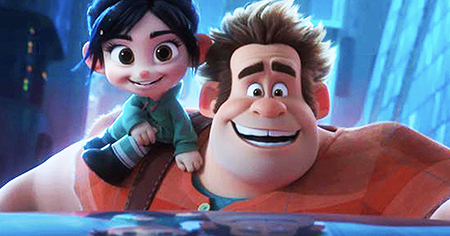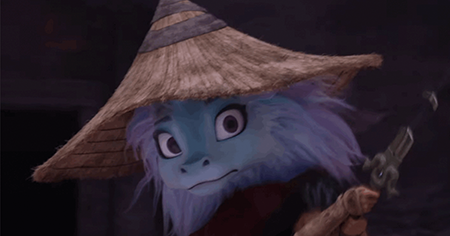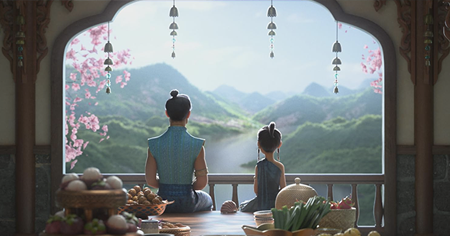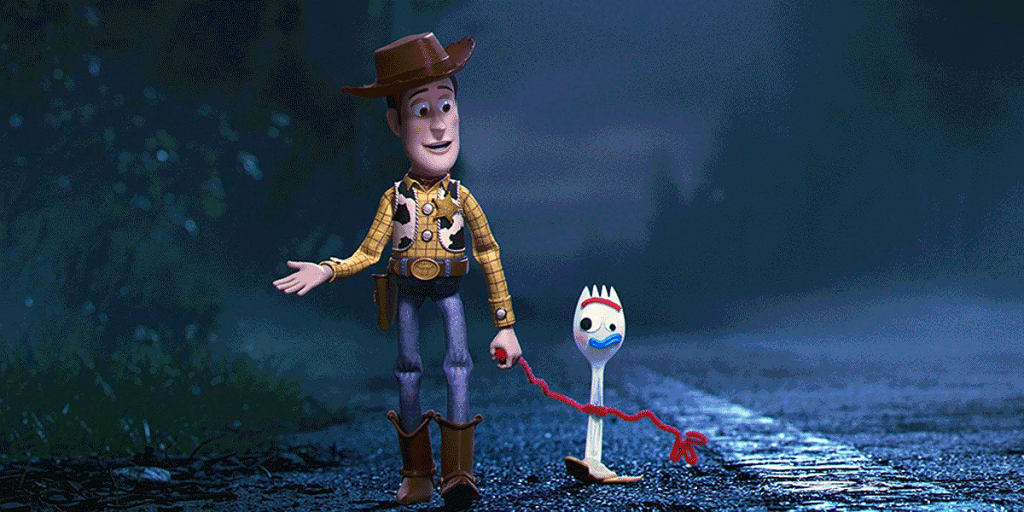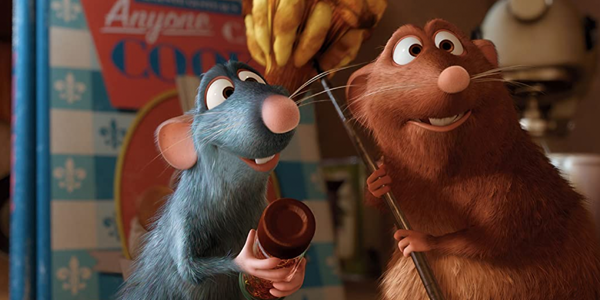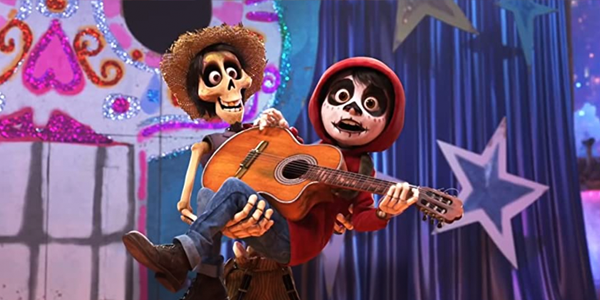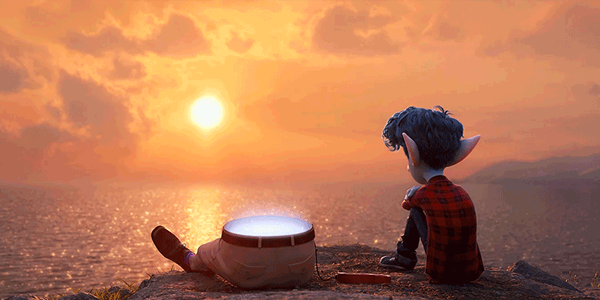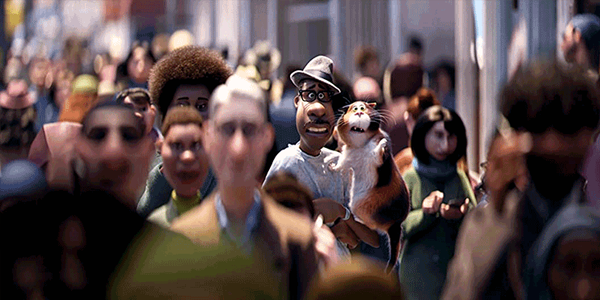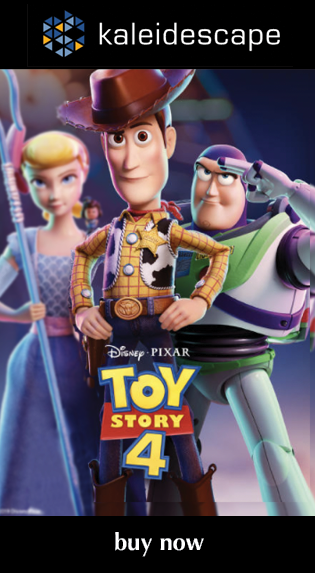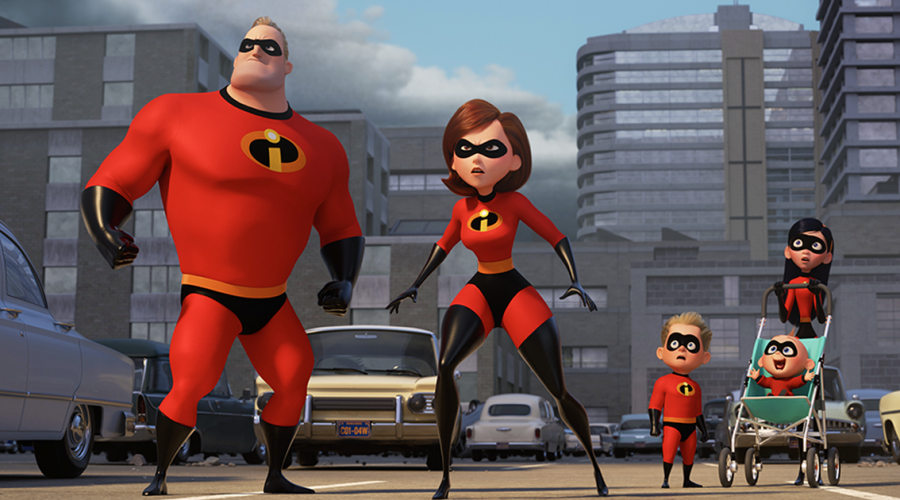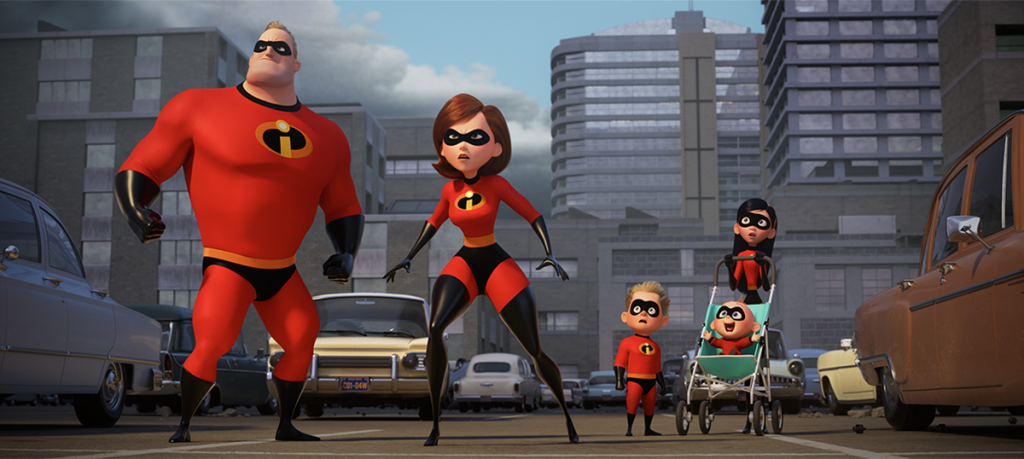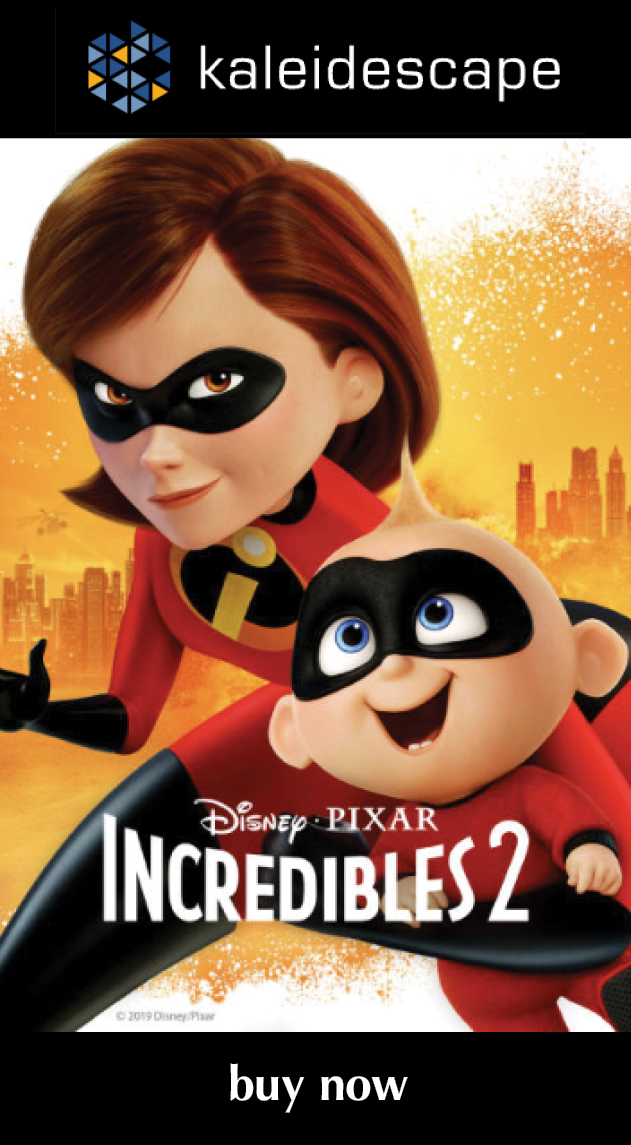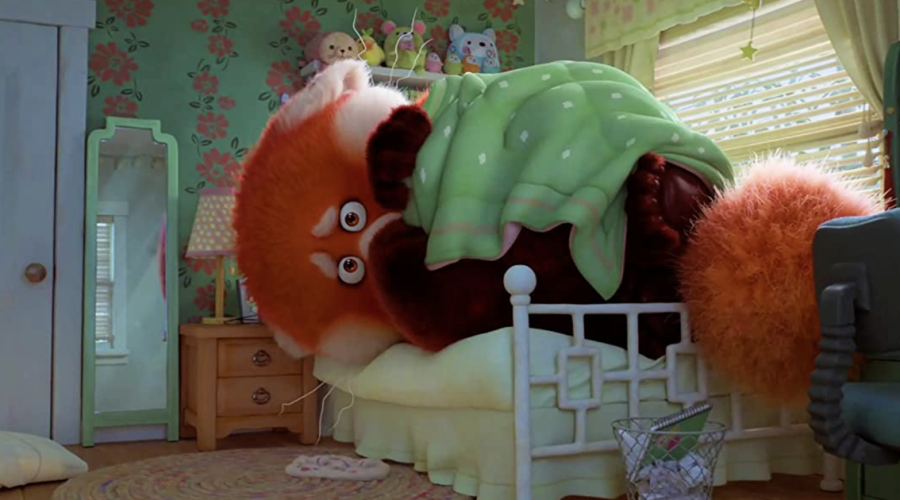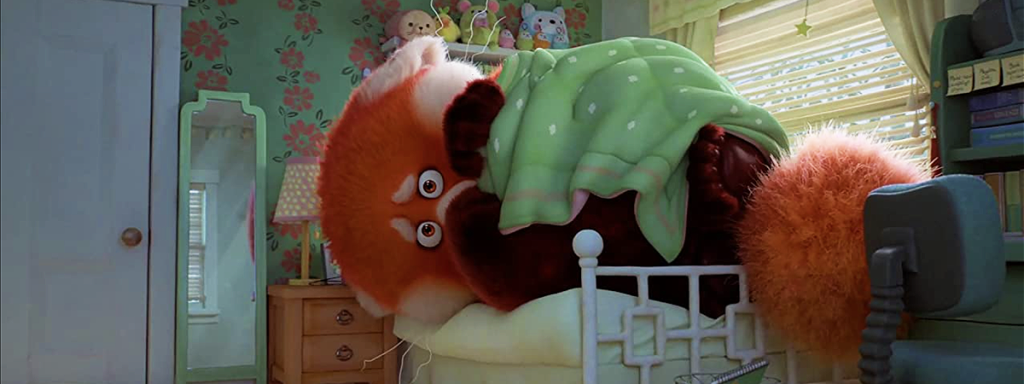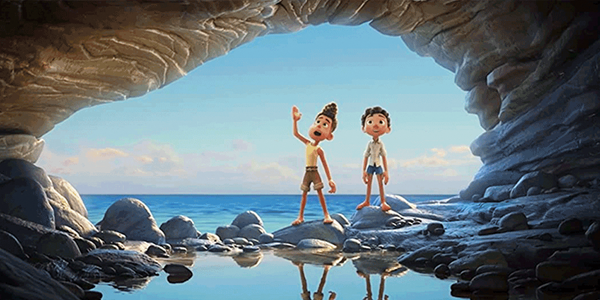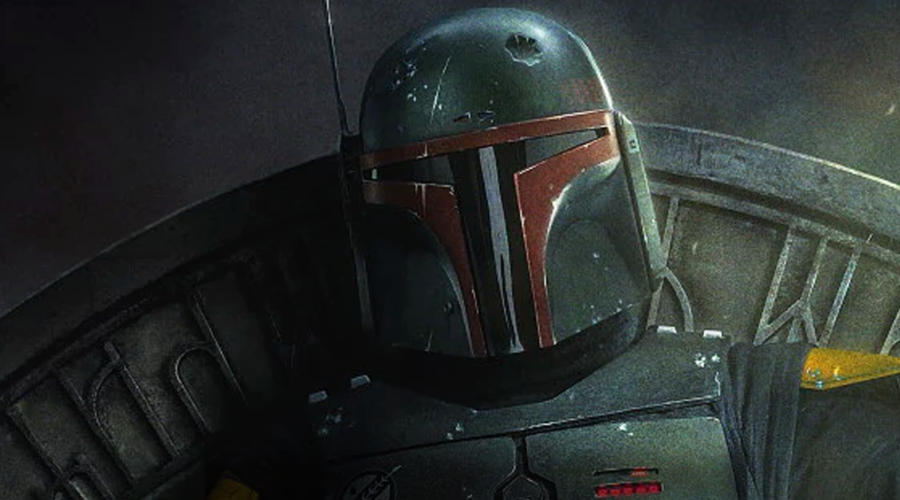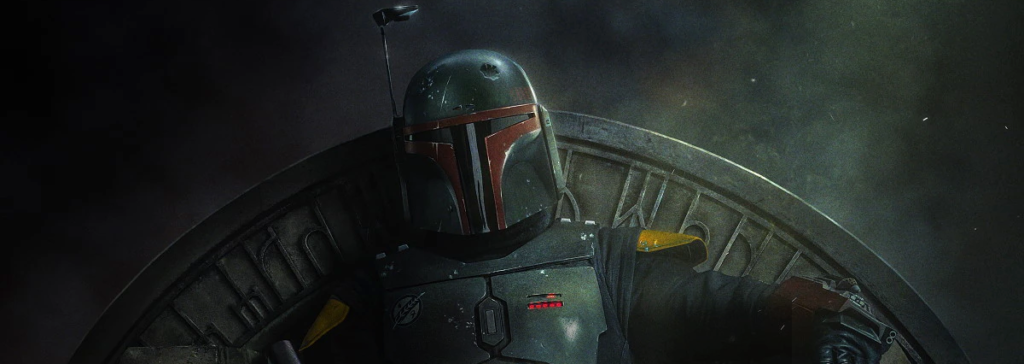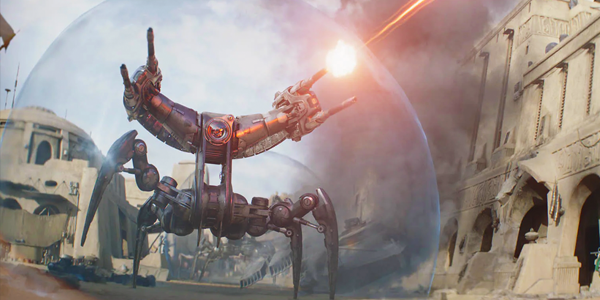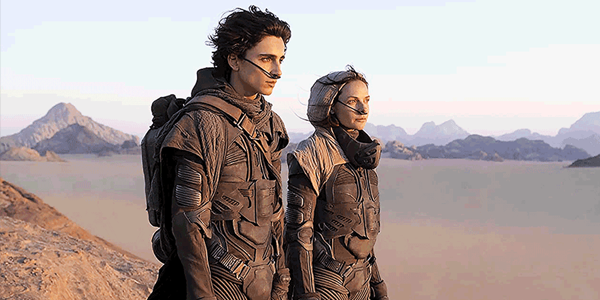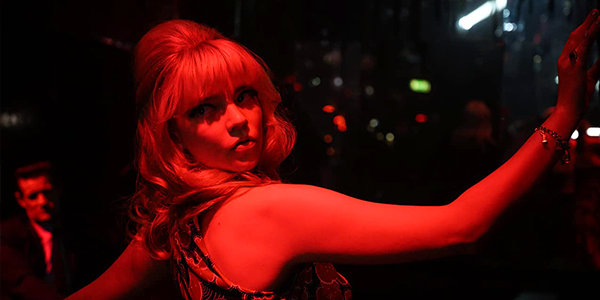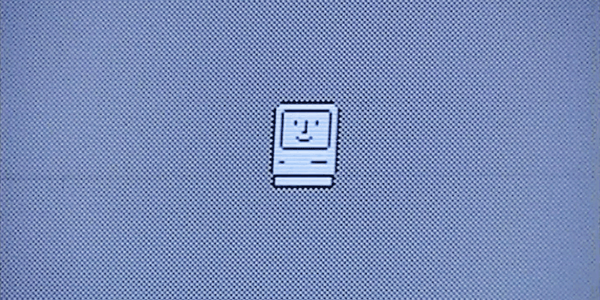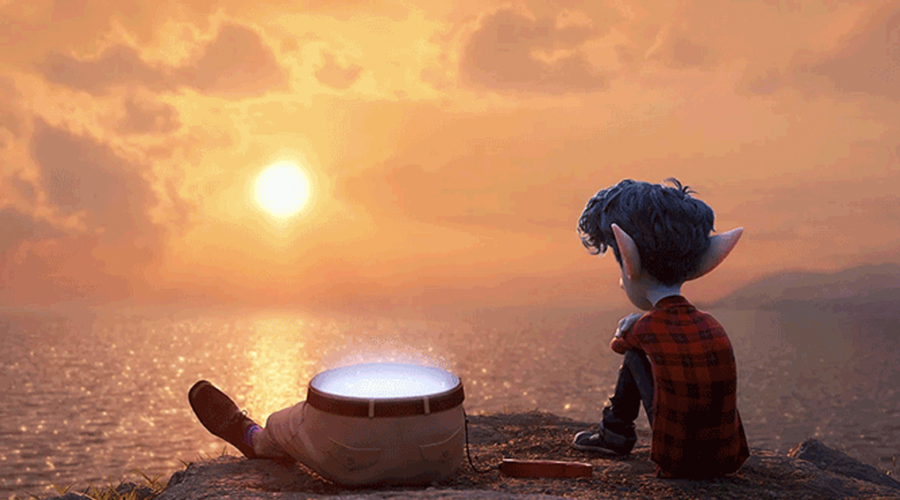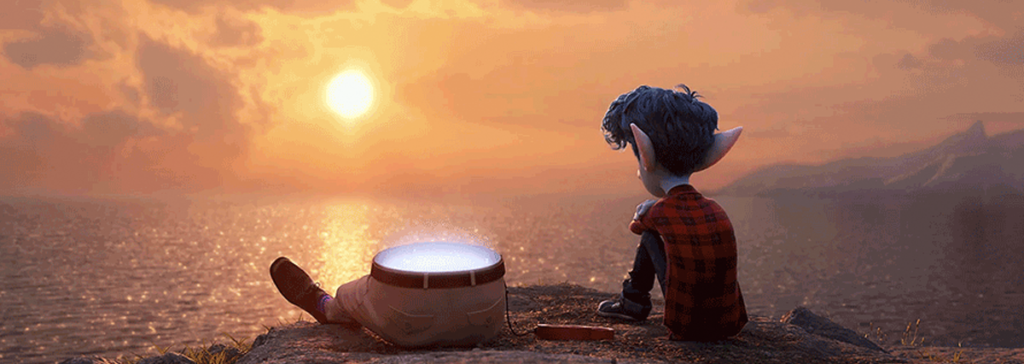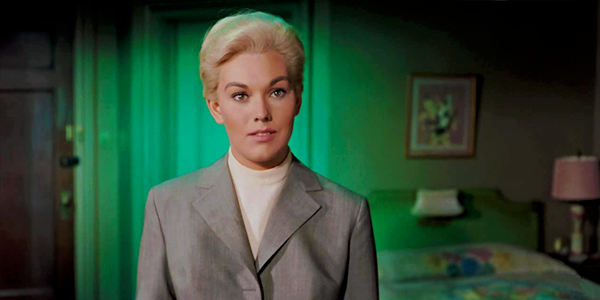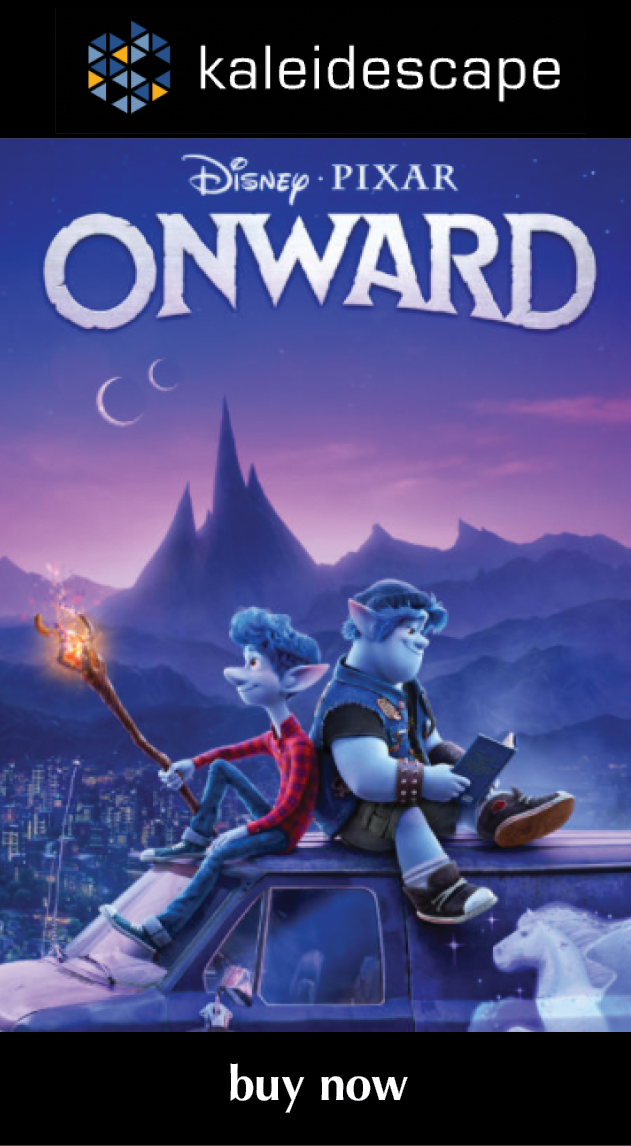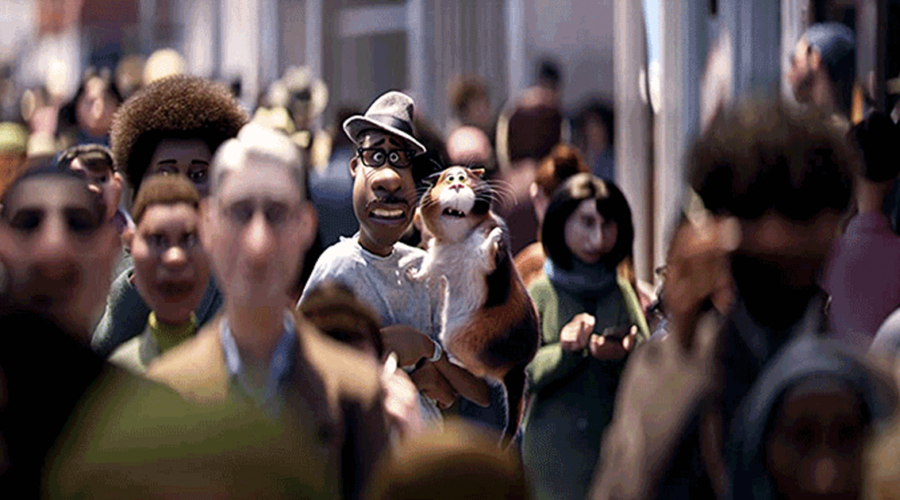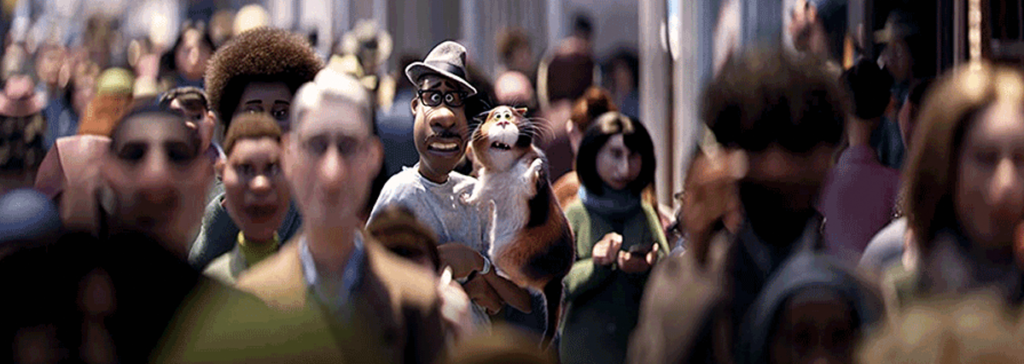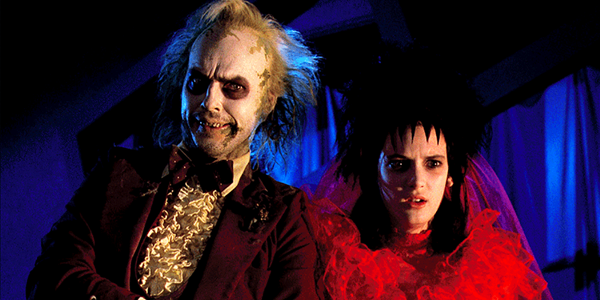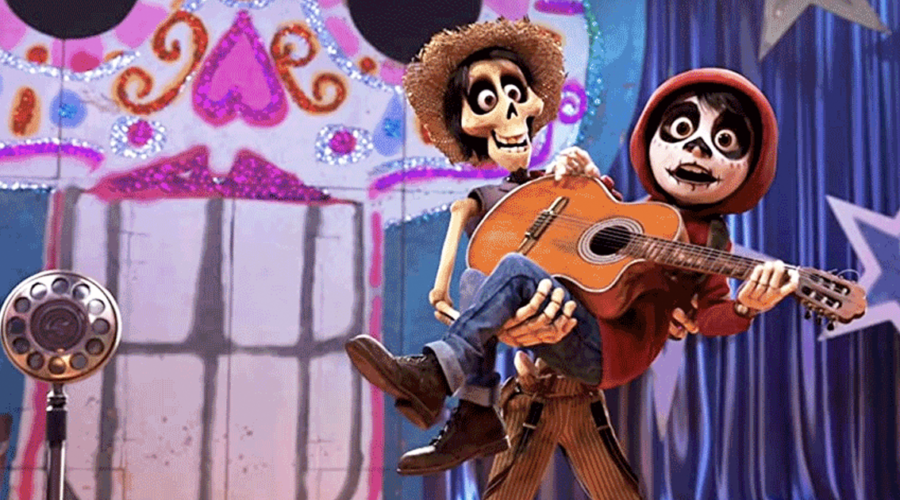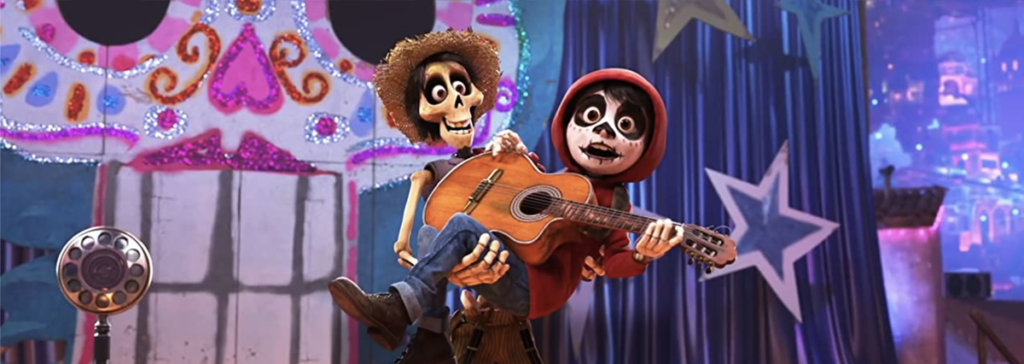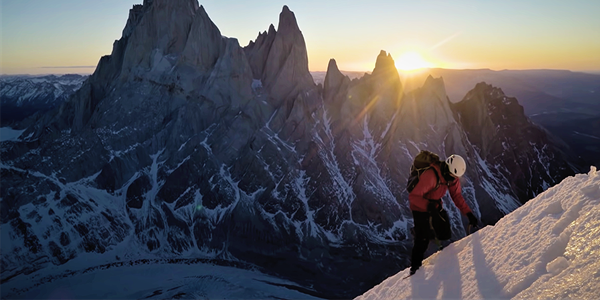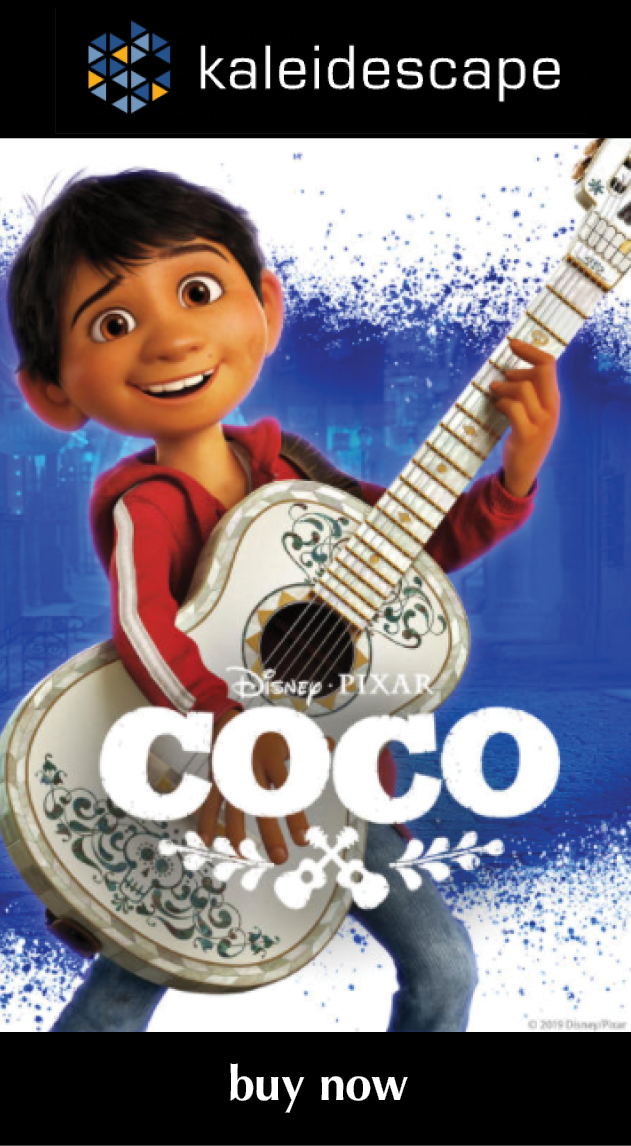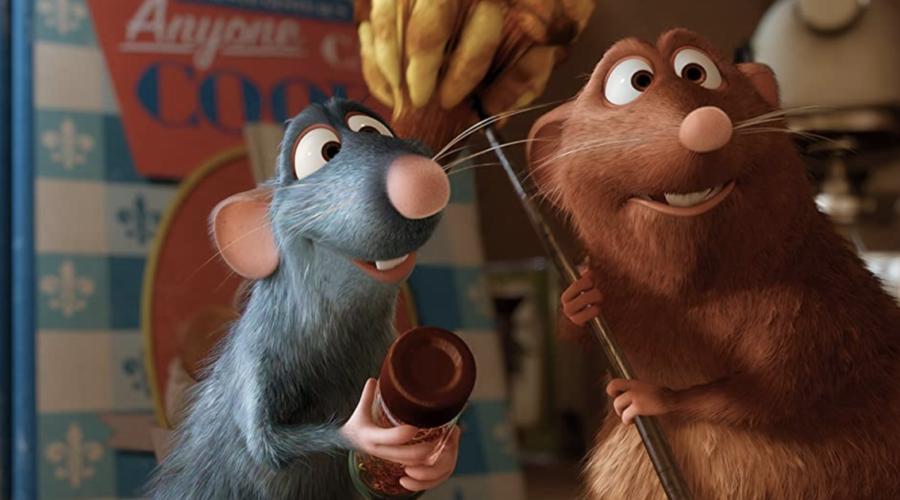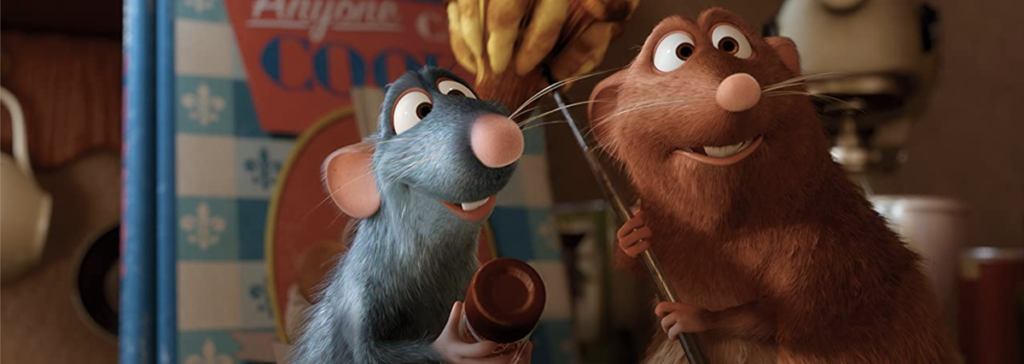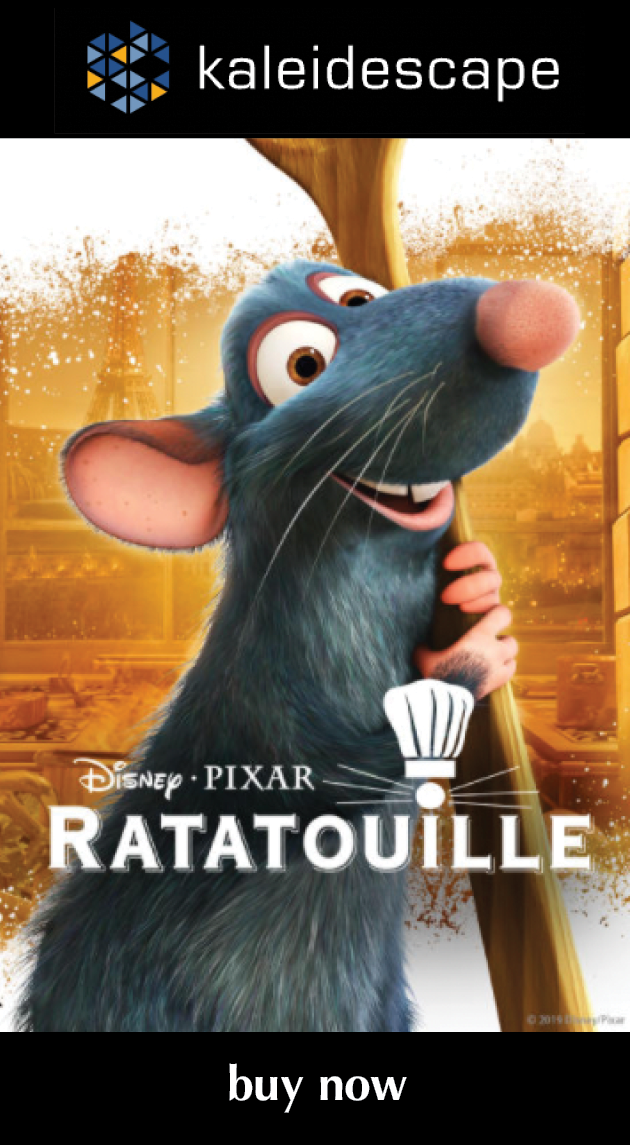Pixar Reviews
PIXAR
One of my all-time favorite magic tricks is Pixar’s Coco. And yes, it is a magic trick. It’s illusory, after all, packed with deception and misdirection and sleights of hand both subtle and coarse. But what makes it such a great magic act is exactly what made The Amazing Randi such a great magician—even after you recognize and understand the deceptions, they still work. They still have power, they’re still artful and masterful. nature.
read more
Incredibles 2 shouldn’t work—at least not as well as it does. It’s been 14 years since the original film, after all, and the world—our world, the real one without superheroes—has changed. A lot—socially, politically, cinematically. So, to pick up this sequel right after the end of the original film seems a myopic decision. One can’t help but wonder, as the film opens on the familiar closing scenes of its forebear, if Incredibles 2 will ever rise above the level of nostalgic romp. read more
Lightyear
a Pixar movie is as much about the technical merit and evolution of computer animation, and for that reason alone Lightyear deserves a watch. Whether you’ll want to go back and visit it a second time remains the question. read more
When I was in high school, my favorite band was the Talking Heads, and I had this weird love-hate anxiety when they would release a new album and I would go to listen to it for the first time. Would I love it because I actually loved it, or would I make myself say I loved it because it was from the Heads, or would lead singer David Byrne have taken them off on some new musical direction that meant I actually didn’t love it and I couldn’t even bring myself to lie that I did? That’s a bit how I feel about a new film from Pixar.
read more
Ultimately, Onward is Pixar doing what it does best, which is creating movies about deep relationships and going right for the feels at the end. Whether you’re a beginning Level 1 Crafty Rogue or a veteran Level 20 Wizard, there’s plenty in Onward to engage and entertain families of all ages.
read more
On the heels of Dennis Burger’s review of Coco—probably the best of the recent harvest of Pixar films, likely because it was a holdover from the Lasseter era—comes this review of Ratatouille, probably the best of the films from the studio’s initial, defining Golden Age. Anointing a “best” Pixar film is almost impossible, especially when you’re talking about that early period when they could do no wrong—well, except for Cars. read more
Soul is a deep story that actually takes a bit of unpacking, and it looks so good you’ll likely want to revisit it, where you’ll likely discover plenty of new things to appreciate. Finding out what things make a life and learning to enjoy the simple pleasures and experiences it has to offer is the real heart of Soul, and this is another win for Pixar. read more
When I initially heard about the plans to release Toy Story 4, I was actually upset. Not because I’m not a fan of the franchise—rather, exactly the opposite. It’s because I’m such a big fan and I felt the story arc had been so wonderfully and perfectly completed in Toy Story 3 that I feared any additional movies would only dilute the emotional conclusion of that film, one that never fails to cause me to tear up no matter how many times I watch it. read more
Turning Red seems to have critics and audiences split, with critics giving it a 95% Rotten Tomatoes rating, matching both Soul and Wall-E, and audiences scoring it a more mediocre 66%, closer to The Good Dinosaur’s 64%. While I didn’t find Turning Red to be among Pixar’s strongest outings, it’s entertaining and looks fantastic, and certainly worth checking out for Disney+ subscribers. read more
DISNEY ANIMATION
I was already all-in on watching the film, but what really had me interested was Lin-Manuel Miranda’s involvement, as he wrote eight original songs for Encanto (his second Disney Animation collaboration after writing songs for Moana). After Hamilton and In the Heights, Miranda has won me over with his catchy rapid-fire lyrics and layered, reference-dropping song-telling style. read more
While it’s tempting to refer to the 2019 remake of The Lion King as the latest in Disney’s string of live-action remakes, following in the footsteps of Cinderella, The Jungle Book, Beauty and the Beast, Dumbo, and Aladdin, it would technically be inaccurate to refer to it as such. Call it whatever you want, this film takes animation photo-realism to the next level with animals and landscapes so detailed and realistic the lines between “real” and “digital” are blurred into non-existence. read more
Ralph Breaks the Internet, the followup to 2012’s Wreck-It Ralph, is one of those rare sequels that, if not better than the original, stands equal to it. Like many modern Disney (and Pixar) films, even though it’s animated, Ralph’s story and themes are designed to appeal across a wide range of ages, and offers plenty of laughs and emotion for everyone in the family. read more
Raya and the Last Dragon looks gorgeous, and the voice acting—especially the always likable Awkafina, who brings the right level of humor and quirkiness to Sisu—is on point. While the lack of any songs and intense scenes might limit its replay value for younger viewers, it’s an entertaining film that will appeal to many viewers. I have two daughters—ages 14 and almost five—so for us, a movie night where we can all get together and enjoy a new Disney animated film was an easy yes. read more
Zenimation
Zenimation gives movie lovers a fun and creative way to understand the audio elements and sound design work that goes into crafting a film’s sonic world, helping you appreciate the art of filmmaking. And with the whole series taking less than an hour to watch, there’s no excuse not to check it out. read more
© 2022 Cineluxe LLC


